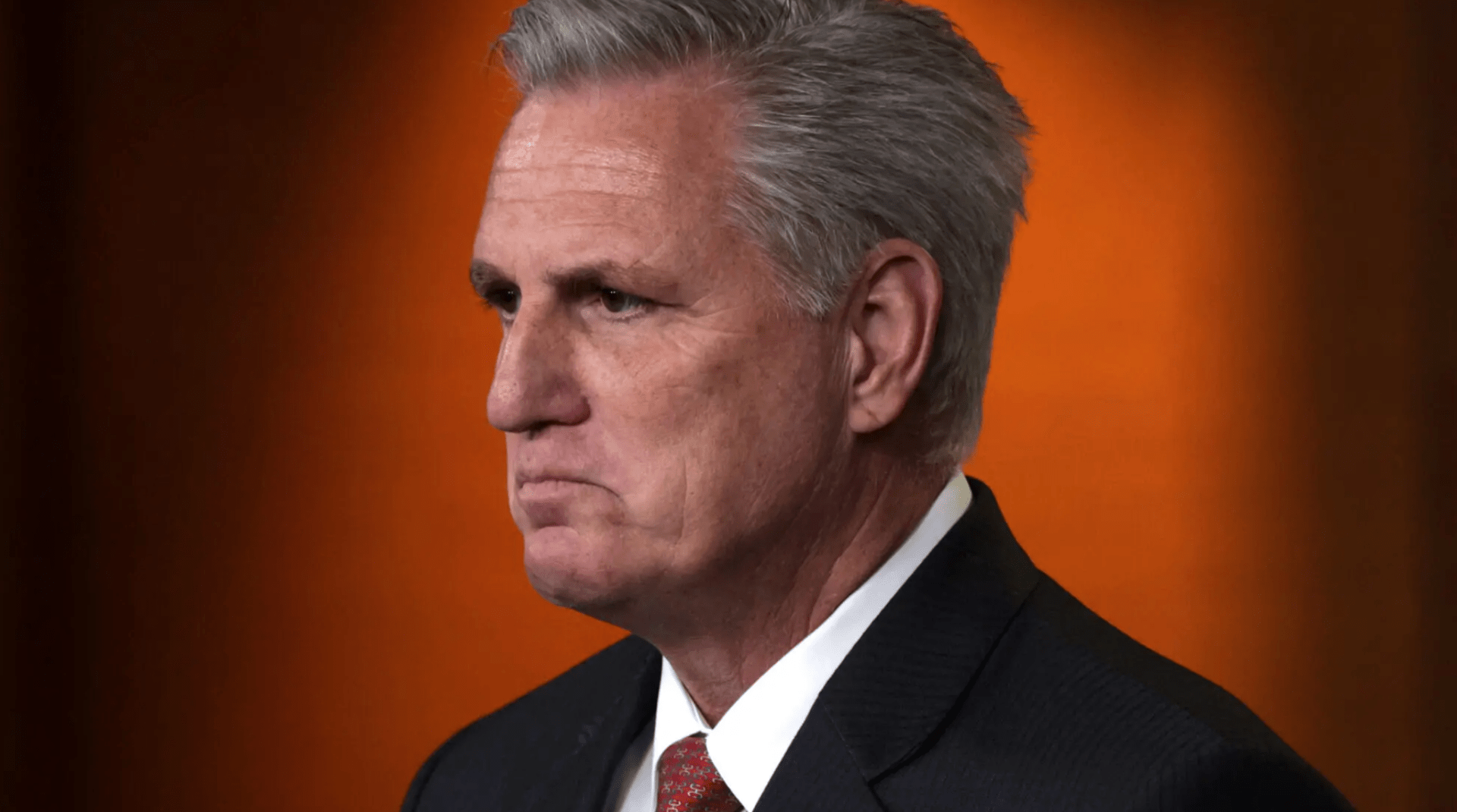originally published by The Messenger on August 16, 2023
By Andrew P. Jones and Dr. Joseph Romm
Planting 1 trillion trees, a plan recently proposed by House Speaker Kevin McCarthy (R-Calif.), is not a serious solution to the climate crisis. In fact, it is magical thinking.
The staggering amount of land that would be required defies practical reality. And new research makes the idea even less serious.
Our team at Climate Interactive together with the MIT Sloan Sustainability Initiative calculated the CO2 emissions the world must avoid or sequester by 2050 to meet the temperature goals of the 2015 Paris climate agreement, aimed at preventing catastrophic climate impacts. We used our simulator En-ROADS, a global dynamic model designed to compare different climate solutions.
We found that planting 1 trillion trees, under optimistic conditions, would remove only 6% of the needed CO2 reduction. And that would require a wildly unrealistic amount of land, over 2 billion acres, which is to say over 2 billion football fields—greater than the total land area of the contiguous United States.
Instead, we should prioritize protecting existing forests, eliminating the burning of fossil fuels and rapidly reducing the emission of other heat-trapping greenhouse gases like methane.
Why is there such a limited impact from planting 1 trillion trees? First, we don’t actually plant trees; we plant seedlings — and it takes a long time for them to grow big enough to remove much CO2 from the atmosphere.
So this policy wouldn’t help much until the 2040s or 2050s, while we urgently need results in this decade and the 2030s. Some might argue that we could just plant faster-growing trees. But fast-growing tree species, such as Loblolly pines, remove less CO2 every year than slower-growing trees.
And where would we even plant 1 trillion trees? There’s the rub.
We won’t plant them on good cropland because that will be needed to feed 10 billion people by mid-century. A landmark 2022 study in Nature Food found global cropland expansion has been accelerating, adding 250 million acres since 2000. Another study found “the vast majority of models estimate expansion of agricultural land by 2050, including several by more than half a billion hectares” (over a billion acres).
We also shouldn’t plant them in permanently snow-covered areas in Alaska, Canada, the Nordic countries and Russia. The dark forests would absorb more heat than the white snow did and thus “have a warming effect that exceeds the cooling effect of reducing [greenhouse gases],” as the National Academy of Sciences explained in 2019.
And “it would be a mistake to plant trees in natural grassland and savanna ecosystems,” as César Terrer, the lead author of a 2021 Nature study, explained. “Our results suggest these grassy ecosystems with very few trees are also important for storing carbon in soil.”
We shouldn’t plant them in wildfire-prone areas, which are expanding due to climate change.
Finally, most of the supposedly empty, unclaimed land targeted for tree planting is actually claimed and used by indigenous peoples and local communities. Simply seizing it to plant trees would perpetuate centuries of injustice.
For all these reasons, the United States will not be planting anything close to 1 trillion trees, nor will the world. In fact, a November report found the world’s nations had already committed to over 1.5 billion acres of reforestation as part of their Paris Agreement climate pledges. So, most other countries already have their own unrealistic plans for using their own land to plant trees to meet their climate targets.
Planting trees is good for many reasons, but it cannot make a significant dent in the climate problem. For McCarthy to propose planting 1 trillion trees is both magical thinking and a distraction from the real work.
The real work regarding land is to end deforestation and protect existing forests, which are already major removers of CO2, and to stop burning up our forests in wood-based bioenergy plants. And, even more importantly, we must sharply reduce the burning of coal, oil and gas, while cutting methane emissions. That will take real effort, but at least it won’t require magic.
Andrew P. Jones is the executive director of Climate Interactive, which runs climate strategy workshops for global decision-makers.
Joseph Romm, Ph.D., is senior research fellow at the University of Pennsylvania Center for Science, Sustainability and the Media. He is the author of the new report, “Are carbon offsets unscalable, unjust, and unfixable — and a threat to the Paris Climate Agreement?”
